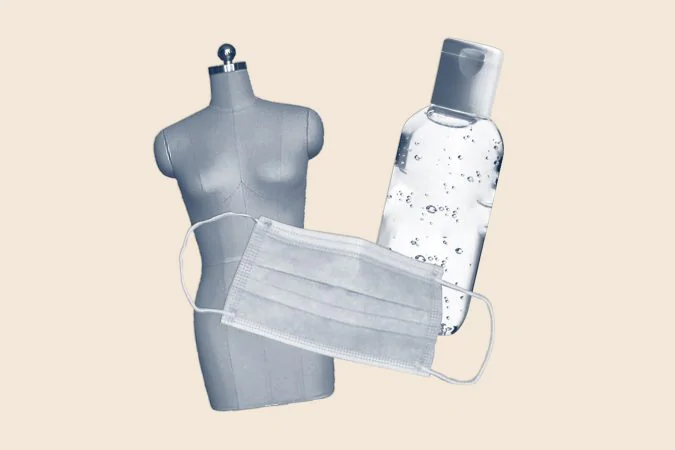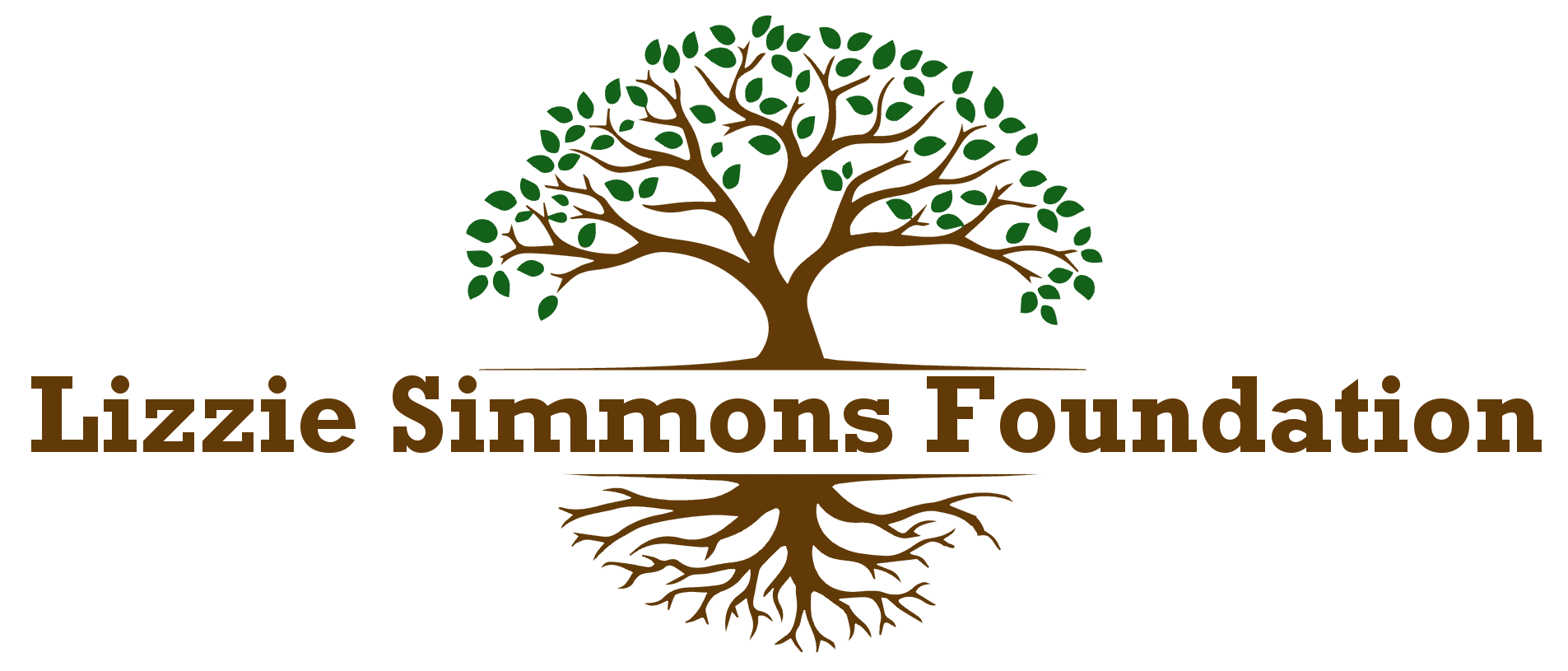How Small Fashion Businesses Can Survive the COVID-19 Crisis

A recent report estimates that the fashion industry will experience a 93% drop in profit due to the coronavirus pandemic, after seeing a 4% increase seen in 2019. To support our current and past Fellows in the industry, we drew on the expertise of Lisa Metcalfe, founder of Ten Yards consultancy, which helps fashion and lifestyle businesses with their growth strategies (Tory Burch is a former client). Her thirty-year career has touched nearly every aspect of the business, making her an incredible resource. Here’s what Metcalfe had to say about surviving the pandemic, the state of the industry and more in an intimate Zoom conversation with a small group of entrepreneurs.
“In the near term, is there a way for you to transition to everyday dresses that still feels authentic to your brand, at a price point that feels advantageous?
“Make sure you’re sticking to your core competencies. It makes sense that you’d want to introduce accessories but if you don’t know how to make jewelry, it could be costly. In the end, do you want to be a jewelry manufacturer or do you want to offer jewelry that someone else manufactures that rounds out your brand?
Something to think about: if you’ve got your business and you know what your growth is, you want to keep growing where you started from. Sadly, I’ve seen a lot of designers go out of business by adding categories before building traction in their initial category. You want to be sure you’re always thinking about what it costs to get that new product to market.”
On young apparel businesses considering factoring as a financing source:
[Ed. note: According to The Fashion Law, “factoring is a transaction in which a company sells its accounts receivables owed by third-party customers to a funding source (a factor) for a cash advance against the purchased accounts.]
“Factors are good to have, especially when you’re growing and you need access to cash. When you’re manufacturing, shipping and receiving, sometimes you just need to borrow to get moving on to the next season, especially the manufacturing.
“You just have to really read between the lines and understand what your fee structures are. If you bring on a factor, you have to be in constant contact with them to make sure they bring your cash in on time. If you are wholesaling with the majors, like Saks and Neiman Marcus, before you accept the order, you need to be really clear on what the payment terms are and what works for your business. Secondly, if you are working with a factor, you should ask them in advance if they’re able to extend credit through this next order. You may say to them, ‘I have an order for $20,000. It’s now August and it’s shipping in November.’ They may say, don’t worry about it. Take the order. Or they may say, forget it. I can’t guarantee payment for you. But always ask the question up front.”
On whether smaller businesses should be thinking about taking their manufacturing out of China:
“I don’t think anyone’s going to be running away from China. They make it so completely easy and they just get the Western mentality of being quick to market. I have a couple clients who’ve looked into manufacturing in Turkey, Israel and Central America, but the minimums are always the stopping point.
“As your business grows, start relationships with manufacturers in other countries that have the capabilities you need and that understand the mindset. You’d be surprised. There are a lot of factories out there that want to invest in new designers. They see the opportunity. Don’t be afraid to knock on their door because you’re worried you don’t have the volume yet.”
On how the pandemic crisis may actually have helped change the wholesale climate in favor of smaller brands:
“The big guys were calling the shots in terms of payment, discounts, quantity they wanted to buy, and pushing you to do exclusives. We’re in a moment where the business is getting righted again. If you do business with a wholesaler, make sure they have your customer, that the people you want to sell to are shopping there, so you feel like it makes sense to have your product in that environment.
“Also, really make sure you understand your cost of goods, what your margin is and what you can allow if they ask you for a discount. Don’t be afraid to push back and say, ‘I’m a new brand, I can’t really do that.’ If they want your brand, they will make the concession. The minute you agree to take an order on their terms, there’s kind of no going back. Approach it from a place of confidence and understanding what’s right for your business. It goes back to what do you want to get out of this relationship? I have clients who say they have to get into Saks no matter what. And they’ll be just breaking even, but for them, it’s worth it to be able to say they’re in Saks Fifth Avenue, even on their own site. And that’s OK as long as you’re going in eyes wide open about what your expectations are. Wholesale is very tricky right now. Next year is going to be super lean for everybody and you should be planning your production accordingly.”
On hiring a public relations company right now
“PR is a luxury. Until you feel you can afford a PR agency and have the time to manage them, I would stay away from that. It will get very expensive very quickly. You have to feel like you understand what the return on investment is going to be in your pocket before you spend it. If you have an agency in mind, maybe you can approach them from the perspective of a project basis so you have a finite amount of time and dollar spend with a very clear return on investment. They’re definitely open to working on projects. With all the craziness going on, everyone dropped PR firms.”
On liquidating in tough times–while avoiding brand erosion:
“Liquidating depends on how you think your brand awareness is now, how much inventory you have, how old it is. Depending on the volume, you may be able to send it to Eastern Europe or there are liquidators in the south that send products to mom and pop shops.
“You can also think about doing a sample sale. You can do it on your own site or you can partner with a sample sale company. A sample sale doesn’t feel like a liquidation. And lots of sample sale sites work per sale, meaning you don’t have to ship it to the site. Try to align yourself with an off-price option that feels right for your customer. If they like your product there, they’ll come to your site to buy later on.
“I also suggest you look into an off-price store connected to a full-price business, the way The Outnet is owned by Net-a-Porter. Once the buyers see that your product is moving, they’ll come back with a purchase order right away. They pay well and on time.”
On developing your brand’s hero product:
“You can have a hero fabric or a hero garment. It just has to be something that resonates with your brand, feels authentic and doesn’t feel stale. Every time I’ve worked with a designer, I’ve really had to encourage them to get more mileage out of styles before moving on to something new. Especially when it’s working and you just have to change the color or the print or add a sleeve on to a dress. As a development and production person, I’m like, that silhouette works; why do you want to change this? They’re bored, I get it.
“I highly recommend not over-fabricating the line. If you know how one raw material works [for your customers], you can develop different things in it more quickly. It takes that part of the guessing game out of it. And it’s also something your client is coming to you for already. I had a client where I said, let’s design into our core fabrics, which our girl is coming to us for, and really stand behind them. Our customer kept coming back.”
